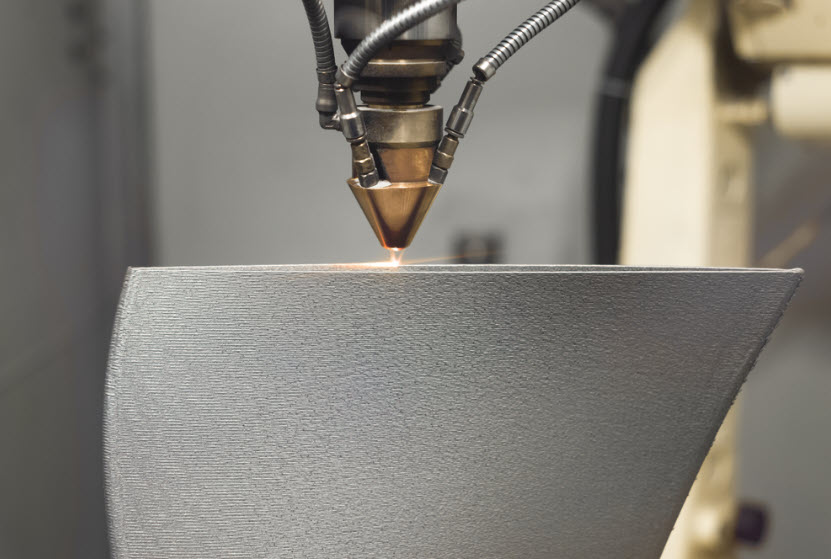& Construction

Integrated BIM tools, including Revit, AutoCAD, and Civil 3D
& Manufacturing

Professional CAD/CAM tools built on Inventor and AutoCAD
2 min read
This post is also available in: Italiano (Italian) Deutsch (German)
Additive manufacturing and 3D printing may be synonymous terms at the surface level, but as the industry grows, additive manufacturing becomes more of an all-enveloping term, while 3D printing describes a smaller piece of the larger pie.

Whether you are a hobbyist, engineer, or machinist, the two terms might seem like they are nearly synonymous. One thing that is certain for both terms is that they describe the process of layering materials repetitively to create a three-dimensional object. Most commonly, plastics and metal alloys are used as building materials. However, in recent years, innovators have used concrete and living tissue in both as well.
As the industry grows and processes become more complex, engineers must consider whether they can use the terms interchangeably. Let’s take a look at the key differences between the two and discuss whether engineers should worry about mislabeling one or the other.

When differentiating additive manufacturing from 3D printing, it is helpful to associate the slightly different meanings with their respective industries and applications. For example, additive manufacturing is often used when describing industrial applications. It consists of larger production output instigated by engineers, architects, or construction managers.
Design applications for additive manufacturing are similar to 3D printing, but they are often on a larger scale. Additive manufacturing and 3D printing methods were originally created to deliver small, cost-effective prototypes to test functionality, durability, and fit before mass production. Since then, additive manufacturing has steered more towards on-demand production. Companies currently can deliver reliable and less expensive goods for commercial and industrial applications.
Subsets of additive manufacturing include:
3D printing, on the other hand, has remained as a prototyping method and smaller-scale production of complex material goods.

3D printing is often used to describe non-industrial projects like printing small medical implants or producing small plastic keepsakes — both of which can be seen as more of a desktop use rather than a grand assembly line production. 3D printing unlocks complex design possibilities otherwise unobtainable by traditional manufacturing processes.
Design applications for 3D printing include:
3D printing is not exclusive to any one industry — it spans several industries like automotive, aerospace, and medicine. 3D applications have diversified because of the potential for new printing materials. Engineers can print with plastic, concrete, graphite, carbon fiber, paper, nitinol, gold, titanium, and much more.
While it may seem like the difference between the two is arbitrary, it is essential to identify a point of divergence. As technology evolves, additive manufacturing may describe the process as a whole, while 3D printing describes only one piece of the larger industry.
Whether you call it 3D printing or additive manufacturing, Fusion 360 has multiple tools, extensions, and training materials for industrialists and hobbyists alike.
Try Fusion 360 today to unlock the full potential of additive manufacturing for your next big — or little — 3D project!
By clicking subscribe, I agree to receive the Fusion newsletter and acknowledge the Autodesk Privacy Statement.
Success!
May we collect and use your data?
Learn more about the Third Party Services we use and our Privacy Statement.May we collect and use your data to tailor your experience?
Explore the benefits of a customized experience by managing your privacy settings for this site or visit our Privacy Statement to learn more about your options.